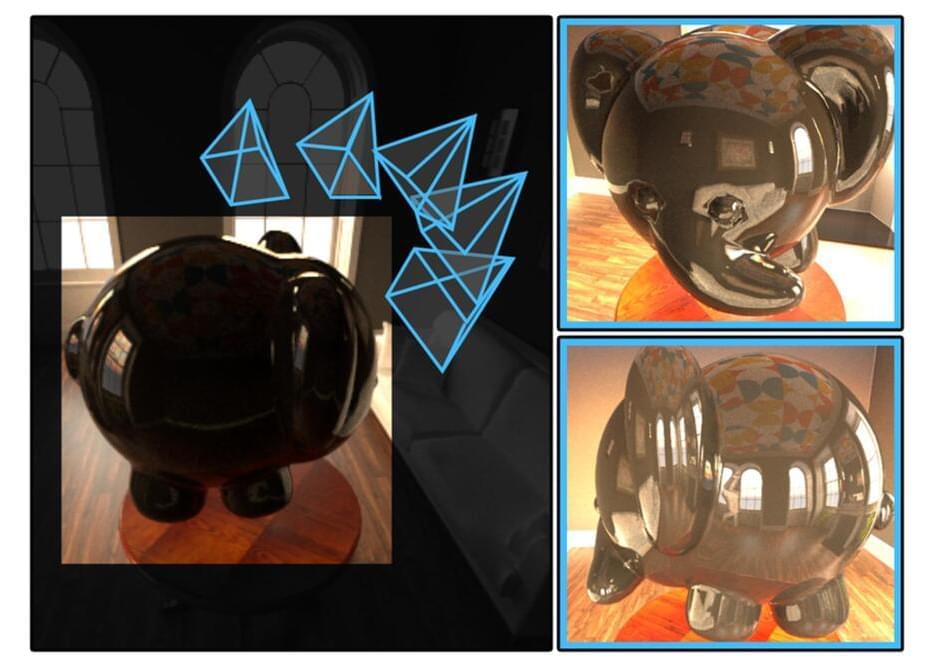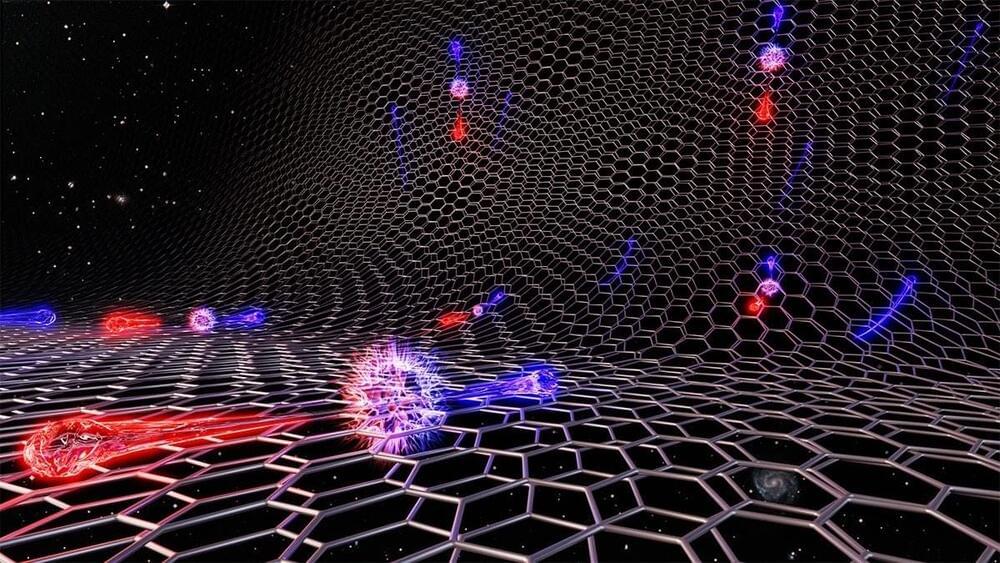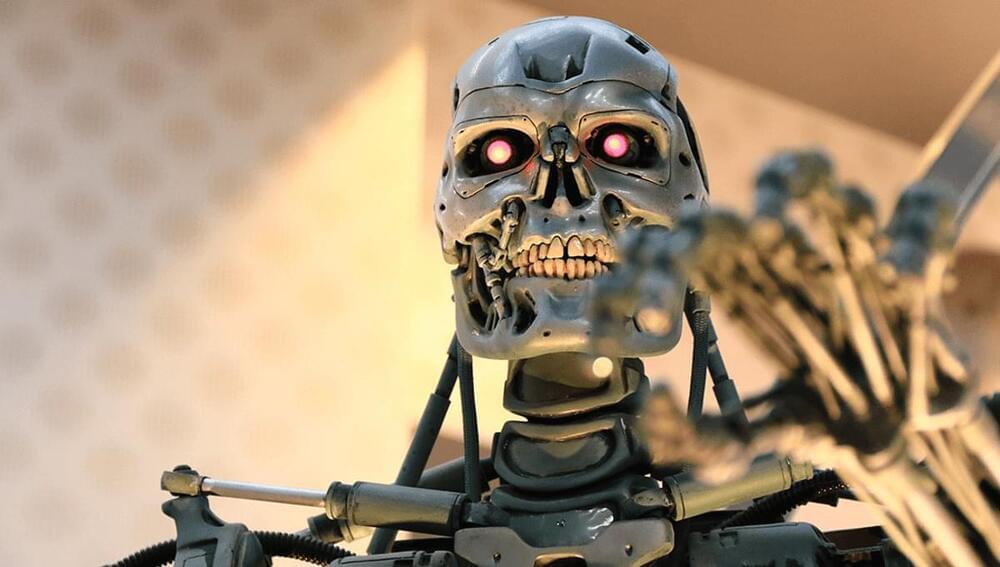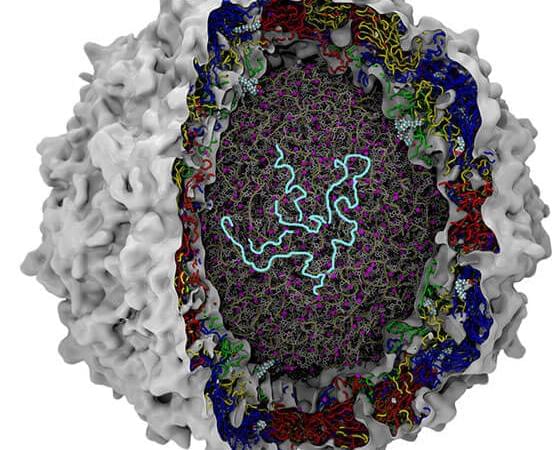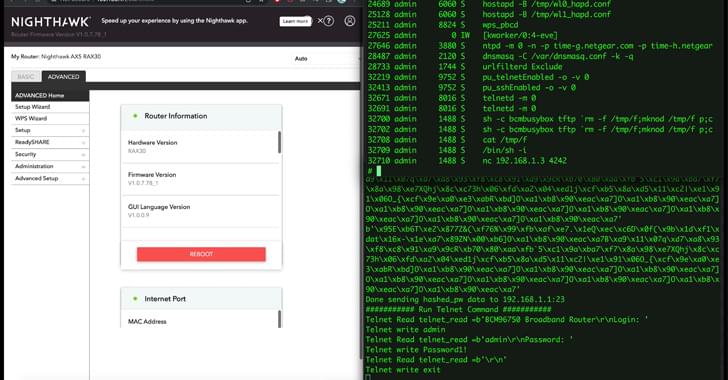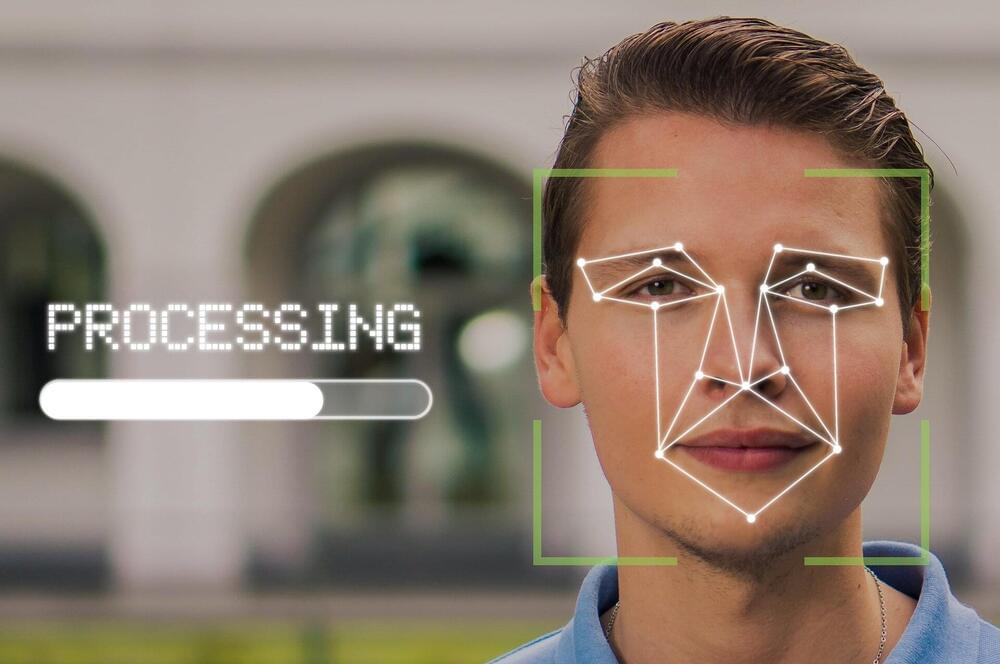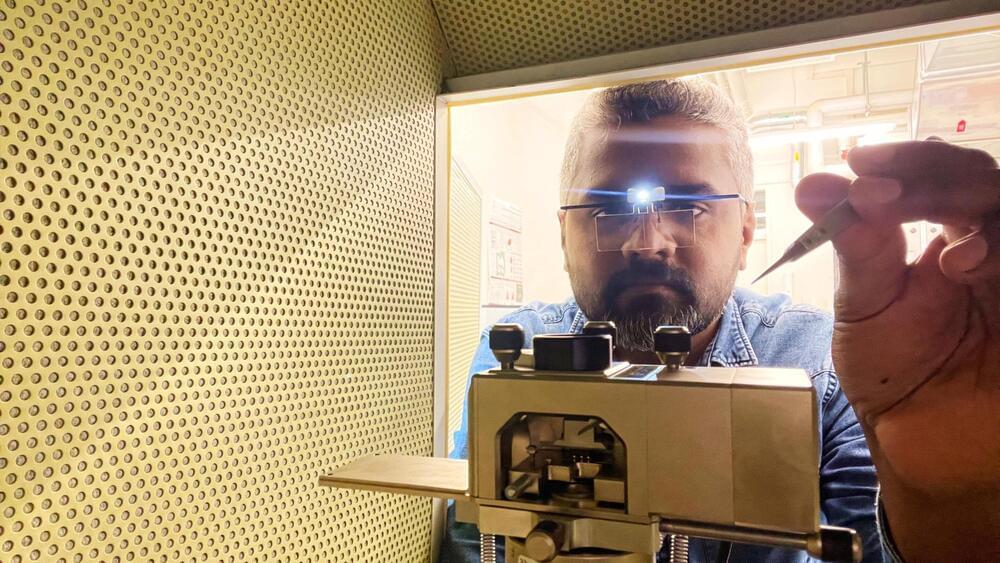May 13, 2023
This new AI technique may change how we see the world
Posted by Gemechu Taye in category: robotics/AI
MIT researchers developed a technique that captures images of an object from various angles and converts its surface into a virtual sensor that captures reflections.
Imagine seeing around corners or peeking beyond obstacles that once blocked your view. It’s like having X-ray vision. It might now be possible thanks to new research.
A group of brilliant researchers from MIT and Rice University unveiled an incredible computer vision technology that can change how we see the world. We could soon live in a world where shiny objects become extraordinary “cameras” that let us view our surroundings through their unique lenses.
Continue reading “This new AI technique may change how we see the world” »
